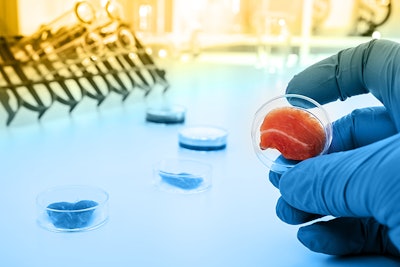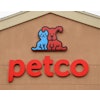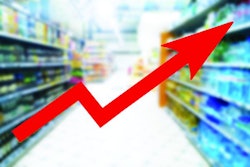
By all accounts, supply chain issues will be with us for a while, not just in the pet food industry but for the economy as a whole. Indeed, the current situation seems to be evolving into one of those paradigm shifts, not just disrupting the status quo but changing it for good.
The havoc wreaked by the COVID-19 pandemic revealed the downside of certain common practices like just-in-time (JIT) manufacturing and inventory control, causing some businesses to revise their operational strategies. Another area prompting questions (including from the government) is significant consolidation leading to various industries being dominated by just a few large companies; when they had to close temporarily, the impact was substantial.
What does this scenario portend for the future of industries like pet food? Newer technologies may provide some answers and a path forward, just as JIT and similar concepts and technologies aided and advanced past business models and practices.
Alternative pet food proteins include new technologies
One potential game-changer for pet food in particular lies with animal-based proteins. The current supply chain problems are only compounding a situation that already existed: As human and pet populations grow worldwide, all those mouths are competing for many of the same protein sources, which are unlikely to be sufficient in volume.
“…The units of pet food produced in the U.S. have been growing at a faster rate than animals slaughtered for human consumption...,” wrote Kansas State University researchers in a new study. “This is significant because if these growth rates continue, there will be a point where there are no longer enough animal protein-based ingredients to meet the needs of pet food production.”
And the study addressed only U.S. production, not global animal slaughter, so the problem is likely even worse worldwide. The answer isn’t to raise more livestock, because the Earth can support only so much of that type of animal rearing, particularly as climate change worsens (driven at least partially by that livestock production).
Rather, alternative sources of protein may provide better avenues to pursue. For example, plant-based proteins continue to gain steam in terms of development and consumer interest. Insect production is also garnering more research and investment, possibly allowing it to reach scale and better affordability at some point.
Farther away from acceptance and affordable scale, yet boosted by even greater investment as well as technology, cultured (aka cell-based or cultivated) proteins show great promise. In fact, some experts believe they hold a brighter future for pet food than does insect protein. Fermentation technology—think fungi—also has potential.
Technology to aid pet food packaging materials supply
Pet food manufacturers have also experienced severe supply chain issues with certain types of packaging materials, such as aluminum for cans or plastics bags. In this case, another technology may provide relief: digital printing. Not only does it offer much quicker turnaround time, but also some companies in this space are able to source all their materials locally (or at least in the same country).
For example, Roastar, based in Wausau, Wisconsin, USA, uses a digital press to print packaging labels and graphics directly onto blank material, whether flexible plastic packaging, rollstock or tin cans. “Right in Wausau where we’re located, we have a sister company that actually produces the majority of our materials that we use,” said Sadie Leu, Roastar’s marketing manager, during an Ask the Pet Food Pro Zoom chat. “They produce it on the rolls. And so we have a really great relationship with our supplier, and we're working closely with them.”
(That working relationship also includes R&D on making more sustainable, even compostable, packaging materials, according to Paula Kuhnert, Roastar’s product specialist, who participated in the Zoom chat with Leu.)
The current technology, at least for Roastar, limits the size of pet food bags they can produce via digital printing; right now, they specialize in treat bags. So this is not an immediate answer for the industry or most pet food companies, but perhaps it offers a glimpse at a future and new order where technology helps address supply chain problems—or better yet, prevents them in the first place.


















